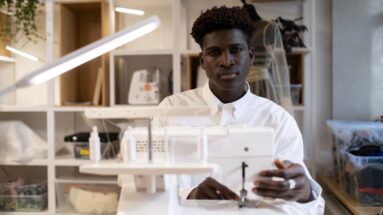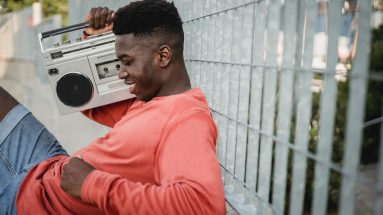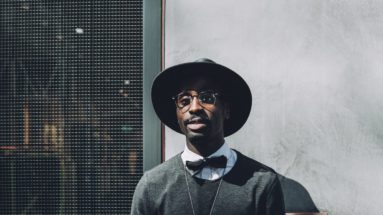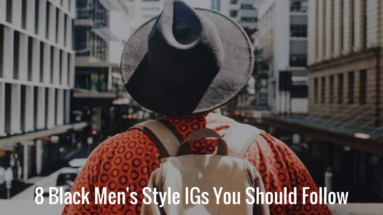
5 Black Fashion Designers That Were Pioneers
If you’re a WDB reader, you’re a fan of fashion and black culture. Today, I wanted to talk about people who definitely deserve recognition. I wanted to shout out...

If you’re a WDB reader, you’re a fan of fashion and black culture. Today, I wanted to talk about people who definitely deserve recognition. I wanted to shout out...

90s hip hop fashion represents one of the most enigmatic periods in fashion history. In the 90s, many trends emerged, but hip-hop fashion stands out as one of the most iconic...

Black Hipster fashion! Here, let’s go into a bit of detail and talk all about it. So, what is a black hipster exactly? It’s something that’s kind of hard to...

Man! It’s not a joke to keep up with black men style today. You’re set up to fail. When you are trying to figure out how to stand out in a world of stylish Brothers? And...

When it comes to black male fashion, there isn’t a city in the world without at least a few stylish brothers. But, of course, some locations have a greater population of...